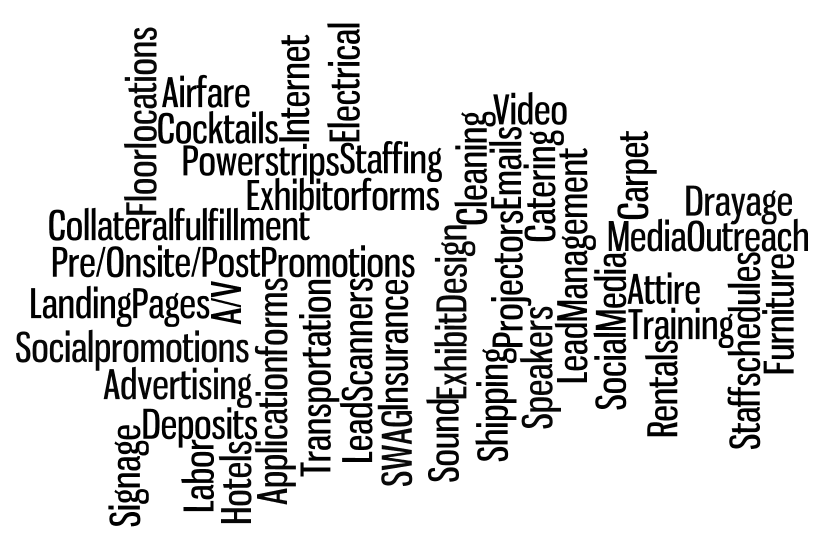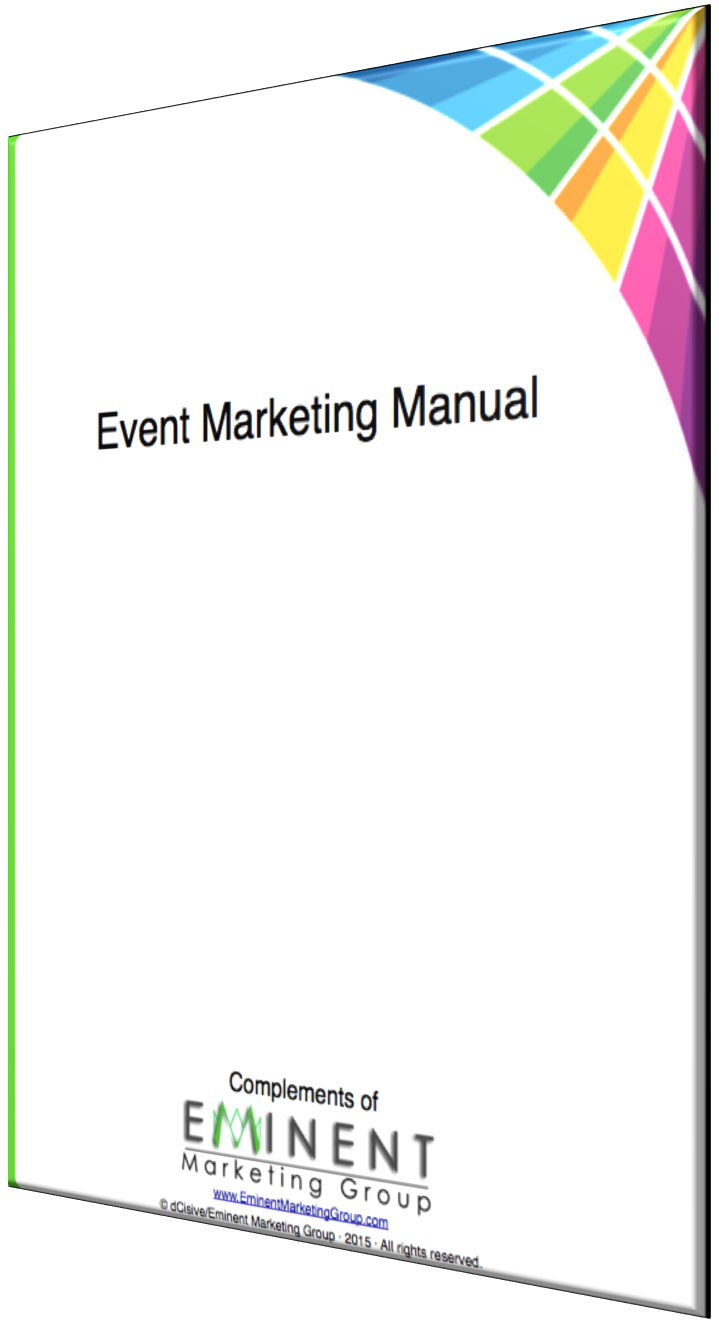“Every battle is won before it is ever fought” – Sun Tzu

With so much detail involved in events, it’s no wonder marketers spend the large majority of their time focused on the logistical elements that have less-and-less impact on sales and marketing performance. After all, if your stuff doesn’t get there, it doesn’t matter what your messaging is right? Not always. At an event last year a carrier shipping properties was involved in an accident and never made it to the site. Disaster! A fast thinking marketer called the carrier and got them to waive all shipping cost. Then she redirected those funds to an onsite Social Media offer where she asked attendees to guess the location of the crashed semi-truck. The winner would receive a first-class ticket home and a $500 gift card. She gave clues by listing the companies website and origin of shipping. Lead capture performance went through the roof, and company website traffic spiked.
The Growing, Yet Seldom Tapped Multipliers
Social Media’s impact on marketing is at it’s most effective in event environments. If planned properly, it can have the effect of taking over the store intercom and announcing a blue light special. Many times event promoters use social aggregation tools to create participation hubs tapping into multiple social channels. Carefully monitoring these and identifying thought leaders and influencers then cultivating them can prove powerful. In addition, these sites can often help marketers to determine competitor positioning long before the event. Cultivate influencers before – during – after events. Identify those personalities and their preferred channels of communications and engage them early and often.
When done right, events can create positive impressions that can be used to shorten sales cycles dramatically. By allowing people to experience and interact with solutions, offerings, products, and service in high-density competitive environments, companies can quickly address sales obstacles, offer differentiators, and manage objections that tend to draw out sales cycles. To win this battle marketers need to start planning early and beyond the logistical planning aspect. Meeting qualified prospects and ultimately making sales are the main reasons for exhibiting. Start by setting specific goals for leads and sales to achieve. A good formula to use when deciding how many leads can be captured is to consider that one person can hold four to six separate 10-15 minute conversations per hour. Within a two-day show, that same person will have had 48 (qualified) 15-minute presentations. An event attracting as many as 5,000 visitors with three sales people will allow staff to talk in detail to approximately 144 prospects on average or 2.8% of the total audience. Assuming that the average percentage of the audience at an event that is qualified is 16% or 800, staff can reach 18% of the total number of qualified prospects.
Remember that selling is not a simple process. It is rarely accomplished in a single step. However, events do accelerate that process. The most effective way to move beyond just managing the logistical marketing elements of events is to make those steps as systematic as possible. Creating a step-by-step event process guide to ensure those boxes are checked easily allows marketers to spend more time focusing on the more advanced marketing aspects of events.
Event Planning & Marketing Guide
A good event planning and marketing guide will help marketers get more from their events and budgets. While each company is unique in their needs, there are some common elements (best practices) that can be applied regardless of industries or offerings. For example:

- Evaluation of Market Opportunities
- Determining Objectives – Setting Goals
- Pre-Show Promotion
- Exhibit Design & Marketing Message
- Effective Follow-Up & Evaluation Follow-Up
- Exhibit Space Size Estimating
- Lead Goals Per Hour and Day
- Target Audience Analysis
- Pre-Show and At-Show Checklist
- Lead Capture Analysis
dCisive has created a sample event guide that marketers can use, or modify for their organization. The guide helps marketers move past the event marketing minutia and deliver improved performance. Download the guide here.